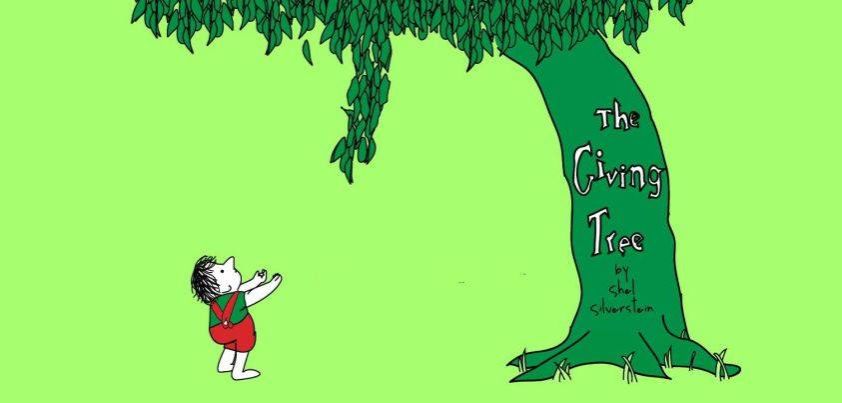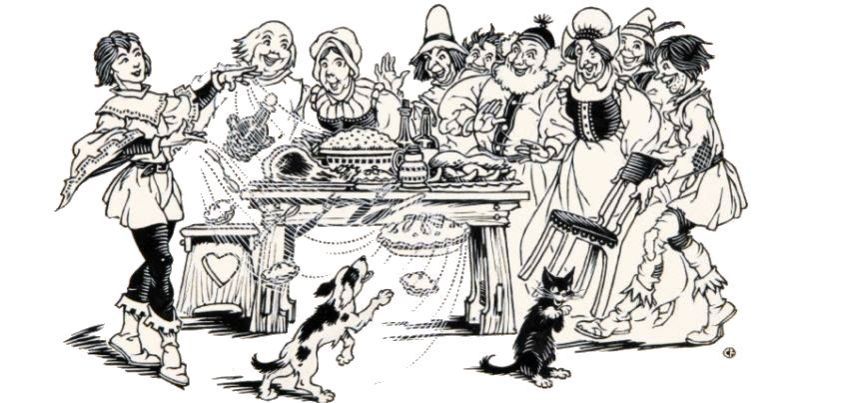 This story by Eric Arthur Blair (aka George Orwell) is a narrative essay in which the thesis is the wrongs of British Imperialism. A young officer in the British Colonial Police in the early 1920’s describes an experience with an elephant that had killed a villager. He tells how he felt pressured into shooting the animal, even though he knew this to be unnecessary. His fellow Europeans had mixed opinions but fortunately, none of them guessed the real reason for the shooting. Themes include culture clash, prejudice, the need to maintain authority, and moral conscience vs. pride/”face”. More…
This story by Eric Arthur Blair (aka George Orwell) is a narrative essay in which the thesis is the wrongs of British Imperialism. A young officer in the British Colonial Police in the early 1920’s describes an experience with an elephant that had killed a villager. He tells how he felt pressured into shooting the animal, even though he knew this to be unnecessary. His fellow Europeans had mixed opinions but fortunately, none of them guessed the real reason for the shooting. Themes include culture clash, prejudice, the need to maintain authority, and moral conscience vs. pride/”face”. More…
All posts by shortsonline
The Sparrows
 In this story by K. A. Abbas, an Indian man embittered by being forced to follow tradition and enter into a loveless marriage spends thirty years taking revenge on his family and society. He savagely beats his wife and sons, badly mistreats his farm animals, and is abusive to fellow villagers. As the story begins, his wife has left and he is alone in the world. In his misery, he finds solace and redemption through a family of sparrows nesting in the thatched roof of his hut. Themes include tradition, forbidden love, bitterness, revenge, cruelty, alienation and loneliness, connection, redemption. More…
In this story by K. A. Abbas, an Indian man embittered by being forced to follow tradition and enter into a loveless marriage spends thirty years taking revenge on his family and society. He savagely beats his wife and sons, badly mistreats his farm animals, and is abusive to fellow villagers. As the story begins, his wife has left and he is alone in the world. In his misery, he finds solace and redemption through a family of sparrows nesting in the thatched roof of his hut. Themes include tradition, forbidden love, bitterness, revenge, cruelty, alienation and loneliness, connection, redemption. More…
The Giving Tree
 This short children’s story by Shel Silverstein is about a boy who is friends with a tree. He plays under it when he is young, and re-visits it throughout his life. The tree keeps on giving to the boy until it has nothing left to give. The boy does not give anything back to the tree or even say thank you. Readers are left wondering if the closing line And the tree was happy. could possibly be true. If you think of the story as an allegory about a mother’s unconditional love, you will know the answer. More…
This short children’s story by Shel Silverstein is about a boy who is friends with a tree. He plays under it when he is young, and re-visits it throughout his life. The tree keeps on giving to the boy until it has nothing left to give. The boy does not give anything back to the tree or even say thank you. Readers are left wondering if the closing line And the tree was happy. could possibly be true. If you think of the story as an allegory about a mother’s unconditional love, you will know the answer. More…
The Portrait of a Lady
 Published in 1948, Khushwant Singh’s moving tribute to his grandmother was the first story of his long and distinguished writing career. The story spans a period of twenty years, from Singh’s earliest memories of the “so terribly old but always beautiful” woman, to her peaceful passing in almost surreal circumstances. He recalls their close friendship during his early schooling, the “turning point” when they moved to live with his parents in the city, and their growing estrangement as Western influences and higher education demands came between them. Themes: grandmother-grandson relationship (love, devotion), generation gap (education, culture), piety, change. More…
Published in 1948, Khushwant Singh’s moving tribute to his grandmother was the first story of his long and distinguished writing career. The story spans a period of twenty years, from Singh’s earliest memories of the “so terribly old but always beautiful” woman, to her peaceful passing in almost surreal circumstances. He recalls their close friendship during his early schooling, the “turning point” when they moved to live with his parents in the city, and their growing estrangement as Western influences and higher education demands came between them. Themes: grandmother-grandson relationship (love, devotion), generation gap (education, culture), piety, change. More…
The Ass, the Table, and the Stick
 In this English folktale, a young man works for a year and earns a magic donkey. An innkeeper tricks him out of it, so he works for another year and earns a magic table. The same innkeeper tricks him out of this. For his next job, the boy earns a magic stick. This helps the young man get his donkey and table back, as well as to marry his true love. Unfortunately, in winning the girl the young man shows a side of his personality that will make readers wonder if he really deserved all the magical help! More…
In this English folktale, a young man works for a year and earns a magic donkey. An innkeeper tricks him out of it, so he works for another year and earns a magic table. The same innkeeper tricks him out of this. For his next job, the boy earns a magic stick. This helps the young man get his donkey and table back, as well as to marry his true love. Unfortunately, in winning the girl the young man shows a side of his personality that will make readers wonder if he really deserved all the magical help! More…